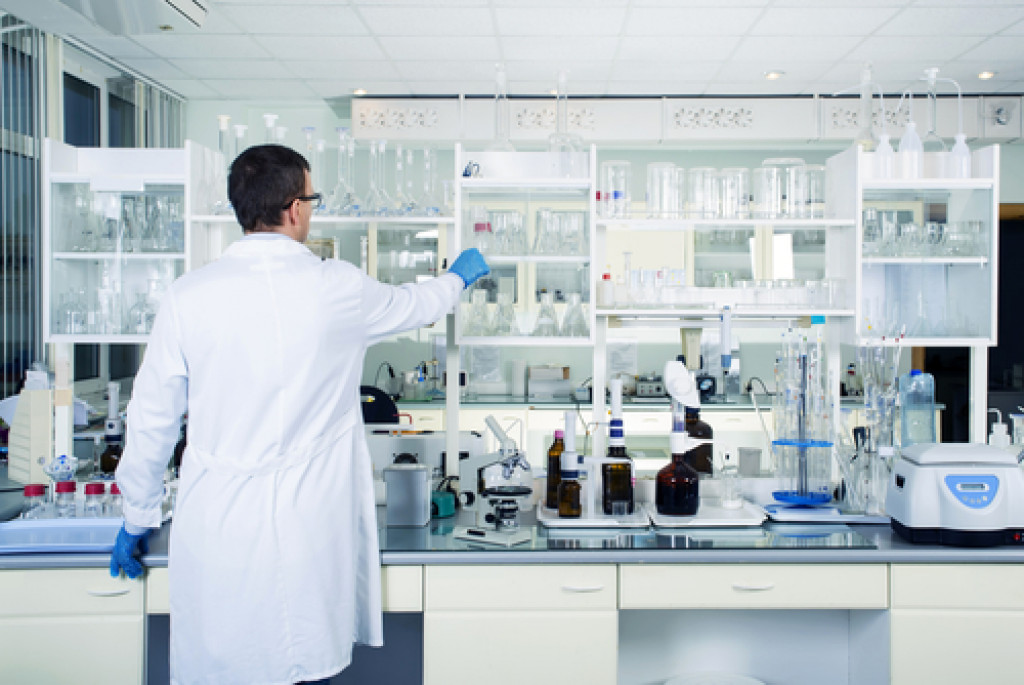Disclaimer: This website provides health information for educational purposes only and is not a substitute for professional medical advice, diagnosis, or treatment. Always seek the guidance of a qualified healthcare provider with any questions you may have.
Pharmaceutical companies are under constant pressure to create efficacious drugs while ensuring high safety levels for both patients and healthcare providers. In order to achieve this goal, many firms have created teams dedicated to improving efficiency in the development process. Here are five ways that pharmaceutical companies can ensure efficiency in their products:
Conduct extensive research.
In order to develop an efficacious drug, pharmaceutical companies need to have a thorough understanding of the disease or condition that they are targeting. By conducting extensive research, companies can gain insights into the mechanisms of the disease, the potential risks and benefits of treatment, and the unmet needs of patients.
This information can then be used to guide decision-making during the drug development process. For example, if a company knows that a specific patient population is at high risk for adverse events, they may be more likely to select a drug with a lower potential for those events.
In addition, research can also help to identify new targets for drug development. By understanding the condition and the symptoms involved, companies can develop drugs that act on those targets and potentially improve patient outcomes.
Review previous clinical trials for similar drugs.
Previous clinical trials can be a valuable resource for understanding what has worked (and what has not worked) in the treatment of a particular disease or condition. By reviewing past trials, pharmaceutical companies can learn from the mistakes of others and improve upon existing treatments.
This helps to ensure that new drugs are more efficacious and safe than those that have come before them. From these reviews, animal models can also play an essential role in drug development by helping to assess the potential efficacy and safety of new treatments.
These models allow researchers to test the effects of a new drug in a controlled setting before moving on to human clinical trials. This helps to reduce the risks associated with trial-and-error experimentation in humans and ultimately leads to the more efficient development of new treatments.
Employ a multidisciplinary team approach.
Developing new drugs is a complex process requiring expertise from various disciplines, including chemistry, biology, pharmacology, and medicine. As such, pharmaceutical companies need to assemble teams of experts from different fields to maximize product development efficiency.
This multidisciplinary approach allows for greater collaboration and knowledge sharing between team members, leading to faster progress toward the development of new treatments. For instance, a chemist may be able to identify a new target for a drug, while a pharmacologist can help to determine the best way to deliver that drug to the target.
In addition, this team approach can also help to ensure that all potential risks and side effects of a new drug are considered before it is released to the market. By having a variety of experts involved in the decision-making process, companies can make more informed choices about which drugs to develop and how to best minimize risks.

Utilize computer-aided design and virtual screening.
Computer-aided design (CAD) and virtual screening are powerful tools that can be used to assess the properties of large numbers of potential drug molecules rapidly and efficiently. By utilizing these technologies, pharmaceutical companies can identify molecules with the greatest potential for success while also reducing the need for costly and time-consuming experiments using animal models or human clinical trials.
This ultimately leads to more efficient product development and brings new treatments to market faster. For instance, CAD can be used to predict the three-dimensional structure of a molecule and how it might interact with its target. This information can then be used to design new molecules that are more likely to bind to the target and produce the desired effect.
In addition, these tools can also be used to assess the safety of new drugs before they are ever used in humans. By understanding the potential risks associated with a new drug molecule, companies can make more informed decisions about whether or not to pursue its development.
Handle shipping and logistics seriously.
The shipping and logistics of pharmaceutical products are critical to ensuring their quality and efficacy. As such, it is important for companies to partner with experienced and reliable shipping and logistics providers.
These providers can help ensure that products are shipped safely and securely and that they arrive at their destination promptly. In addition, the company can also employ accurate freight invoice auditing to keep track of products and ensure that they are shipped according to specifications.
By taking shipping and logistics seriously, pharmaceutical companies can help ensure their products’ quality and minimize the risk of them being damaged or lost in transit. This ultimately leads to a more efficient product development process and helps to bring new treatments to market faster.
The efficient development of new pharmaceutical treatments requires a multidisciplinary approach, the use of computer-aided design and virtual screening, and careful shipping and logistics. By utilizing these strategies, companies can more effectively identify and develop new treatments while also minimizing risks. This ultimately leads to better outcomes for patients and improved public health.




